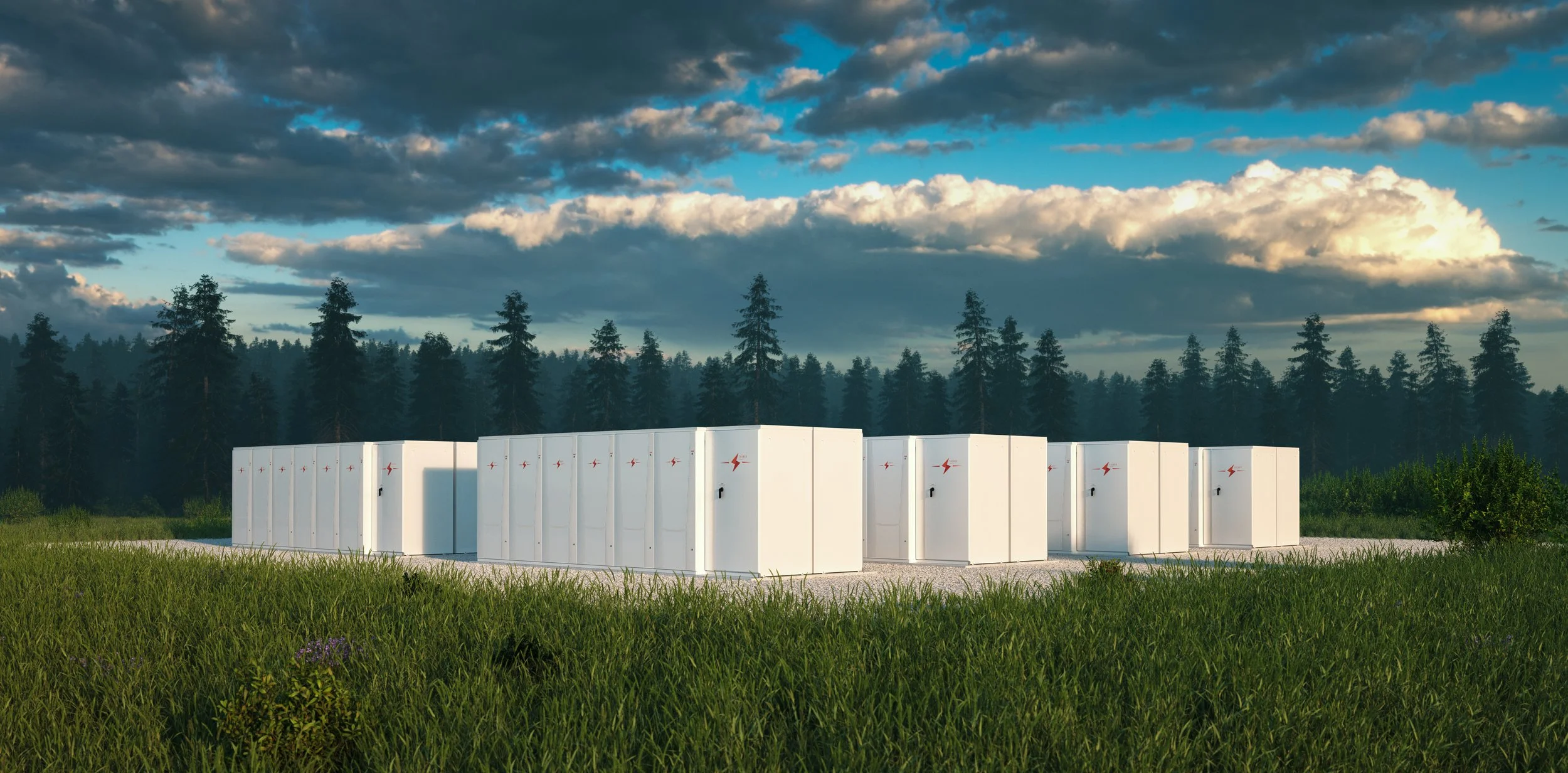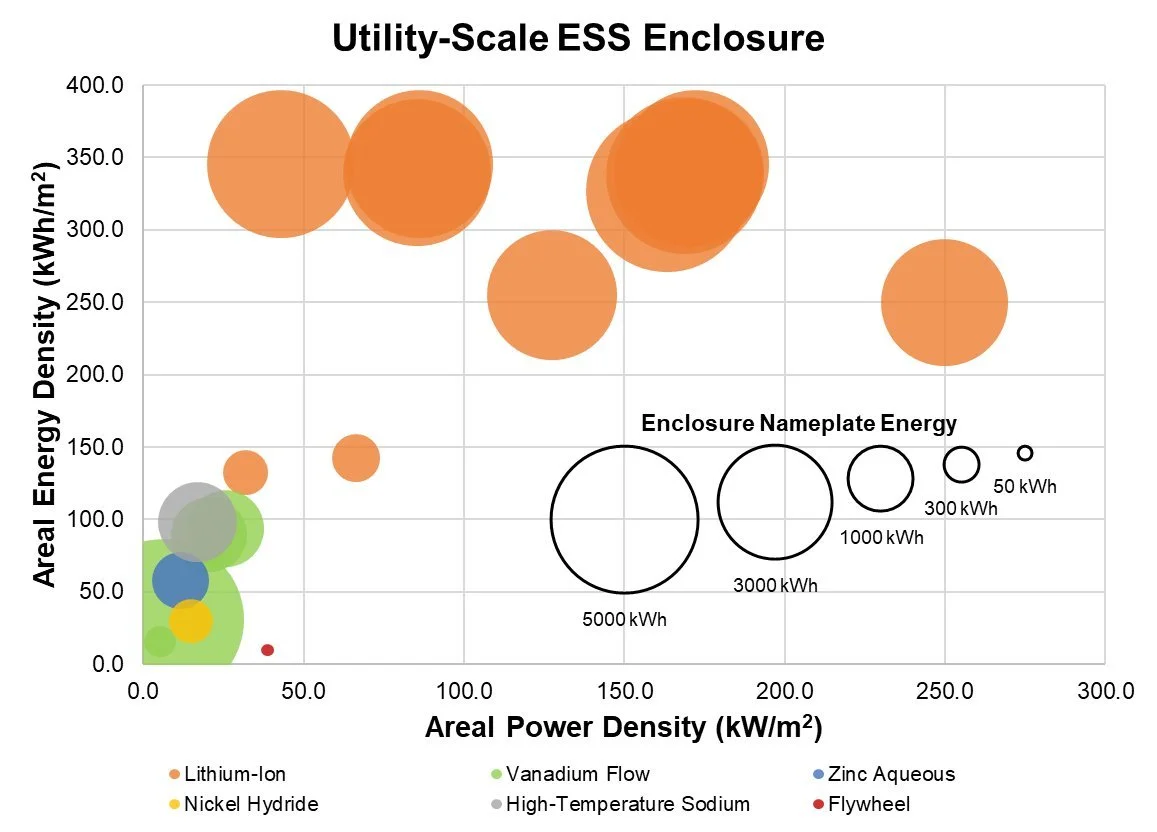The US Budget Bill: Implications for Energy Storage Markets & Manufacturing
In this Energy Storage News webinar, CEA Market Intelligence experts Daniel Finn-Foley and Christian Roselund explore the implications of the U.S. budget reconciliation bill, H.R. 1, for the energy storage industry.
The budget bill recently passed by the US Congress and signed into law by President Trump could bring significant changes to the nation’s energy storage sector, impacting everything from battery deployment to manufacturing and supply chains.
In this webinar, CEA’s Market Intelligence experts Daniel Finn-Foley and Christian Roselund explore the pending changes to US clean energy tax credits (ITC/PTC and 45X), including new ‘prohibited foreign entity’ (PFE) restrictions and what these will mean for the nation’s battery sector.
Through a fascinating presentation based on CEA’s exhaustive research and the speaker’s analysis of the facts, we learn about everything from the new foreign entity of concern (FEOC) provisions to the evolving supplier landscape, to the rippling impact of policy changes across adjacent sectors like solar PV and electric vehicles (EVs).
Speakers:
Daniel Finn-Foley, CEA’s Director of Energy Storage, Market Intelligence
Christian Roselund, CEA’s Senior Policy Analyst
Energy Storage News Webinar Content:
What are the new phase-out schedules for the 45Y/48E ITC/PTC and what do they mean for battery deployment?
How will the sunset for the solar ITC/PTC affect battery deployment?
How do the new prohibited foreign entity (PFE) rules work, and what effect will they have on US battery deployment?
What will the sunset of the 30D clean vehicle tax credit mean for domestic US battery manufacturing?
What is the outlook for domestic battery manufacturing considering the new PFE rules and other changes to US clean energy tax credits?
In this pv magazine article, Jeff Zwijack, Intertek CEA’s Senior Manager for Energy Storage, explains how tariffs are driving a shift to U.S. battery integration. He notes that while local assembly scales quickly, it introduces human variability requiring strict oversight.
The PV SMIP provides a comprehensive and unbiased analysis of the top PV module manufacturers in the world. It offers detailed insights into capacities, technology, and efficiency roadmaps, along with Manufacturing, Capacity, and Technology (MCT) ratings for each supplier.
In this pv magazine USA Week session, Joseph Johnson, Associate Director of Market Intelligence, shares his insights on the challenges facing the U.S. solar supply chain, the drive toward domestic manufacturing, and strategies for navigating trade restrictions and compliance.
Christian Roselund, Intertek CEA’s Senior Policy Analyst, joins the SunCast Media Podcast to decode how FEOC is reshaping the way projects are sourced, engineered, financed, and papered across the U.S. solar and storage market.
The latest Energy Storage System (ESS) Supplier Market Intelligence Report includes concise and standardized analyses of major LIB cell suppliers and BESS integrators, focusing on global production capacities, product portfolios, and notable projects.
In this LG Energy Solution article, Daniel Finn-Foley of Intertek CEA discusses how lithium-ion batteries have rapidly reshaped the U.S. power sector, growing from about 1 GWh of installations in 2020 to more than 30 GWh by 2024. He warns that new tariffs and FEOC restrictions are straining supply chains, making early procurement crucial as compliant domestic capacity tightens.
In this pv magazine article, George Touloupas, vice president ESG and New Services at Intertek CEA, outlines the growing environmental, social, and governance (ESG) obligations facing the solar and energy storage industries as global renewable deployment accelerates.
The quarterly Energy Storage STPR provides global and regional supply chain analysis, technology trends, and policy insights. This quarter focuses on innovations in container and system layout efficiency, as well as the UK’s new cap-and-floor regime for long-duration energy storage.
The ESS Price Forecasting Report provides an in-depth five-year forecast for the price of a DC battery container, including battery cells, modules, racking, and additional balance of system needed for a containerized battery system.
Christian Roselund, Senior Policy Analyst at Intertek CEA, joins the Clean Power Hour podcast to break down the intricate web of rules, tariffs, and supply chain constraints affecting the clean energy industry.
Dan Finn-Foley, Intertek CEA’s Director of Energy Storage Market Intelligence, joins the Currents podcast to discuss the impact of tariffs, shifting supply chains and emerging technologies on the US battery storage market.
In this Energy Storage News article, Jeff Zwijack highlights how most quality issues in battery energy storage systems emerge during final integration rather than cell production, with defects like faulty fire suppression, poor thermal management, and enclosure weaknesses frequently slipping through.
The PV Price Forecasting Report provides independent market intelligence on changes in global supply chains and accurate forecasts for supply price scenarios based on technologies, materials, manufacturing regions and target markets, as well as supply and demand forecasts and analysis.
The quarterly published PV STPR covers global and regional supply chain analysis, technology trends, and regional policy analysis through early July 2025.
In this article, originally published in MESIA's Mid-year Solar Report 2025, Jeff Zwijack, Associate Director of Energy Storage at Intertek CEA, explains that most defects in battery energy storage systems arise during system-level integration rather than cell or module production.
In this Energy Storage News webinar, Intertek CEA Market Intelligence experts Daniel Finn-Foley and Christian Roselund explore the implications of the U.S. budget reconciliation bill, H.R. 1, for the energy storage industry.
In this pv magazine Webinar, Intertek CEA’s supply chain experts—George Touloupas, Vice President of ESG & New Services, and Senior Project Managers Zhuo Chen and Nicola Licata—outline key ESG risks and share best practices for documenting and mitigating them.
The PV SMIP provides a comprehensive and unbiased analysis of the top PV module manufacturers in the world. It offers detailed insights into capacities, technology, and efficiency roadmaps, along with Manufacturing, Capacity, and Technology (MCT) ratings for each supplier.
In this SunCast webinar, Jeff Zwijack, Intertek CEA’s Associate Director of Energy Storage, shares key insights on common quality issues found in BESS factories and how project teams can proactively mitigate risks through smarter supplier selection, contract safeguards, and robust QA practices.
The ESS Price Forecasting Report provides an in-depth five-year forecast for the price of a DC battery container, including battery cells, modules, racking, and additional balance of system needed for a containerized battery system.
The quarterly published Energy Storage STPR covers global and regional supply chain analysis, technology trends, and regional policy analysis. This quarter the focus is on new efforts for stackable BESS technology, the potential for non-lithium-ion technology as a tariff solution, and insights from a battery fire safety expert on myths vs. reality and best practices.
The latest Energy Storage System (ESS) Supplier Market Intelligence Report includes concise and standardized analyses of major LIB cell suppliers and BESS integrators, focusing on global production capacities, product portfolios, and notable projects.
This article highlights how Intertek CEA’s audit prevented defective battery cabinets from reaching a project site and exposed the supplier’s resale of unsafe equipment. The case underscores the importance of independent quality oversight.
Christian Roselund, Intertek CEA’s Senior Policy Analyst, joins the SunCast Podcast to discuss the new House budget bill threats to solar.
In kWh Analytics’ latest Solar Risk Assessment report, Intertek CEA highlights that fire suppression system issues were identified in 28% of energy storage systems during factory inspections.
This Interim Update of the Energy Storage System (ESS) Q1 2025 Price Forecasting Report highlights how newly imposed U.S. tariffs are reshaping the cost landscape for imported battery systems and components from China.
Intertek CEA conducted quality audits at 70+ battery energy storage factories worldwide. Our data shows that in 2024 the vast majority of identified quality issues were at the system level.
The latest Energy Storage System (ESS) Supplier Market Intelligence Report finds that the market landscape for lithium-ion batteries continues to evolve, and supplier strategy is shifting rapidly in response to the tariffs announced by the United States under the Trump administration, particularly on China, and persistently low prices.
In this PV Tech article, Martin Meyers explores how the Inflation Reduction Act is reshaping U.S. solar manufacturing incentives and project economics. He highlights the evolving challenges developers face in navigating domestic content requirements and qualifying for bonus tax credits.
In this Energy Storage News article, CEA’s Senior Energy Storage Engineer Ahn Vu explores how alternative technologies to lithium-ion are unlikely to oust the incumbent anytime soon.






























